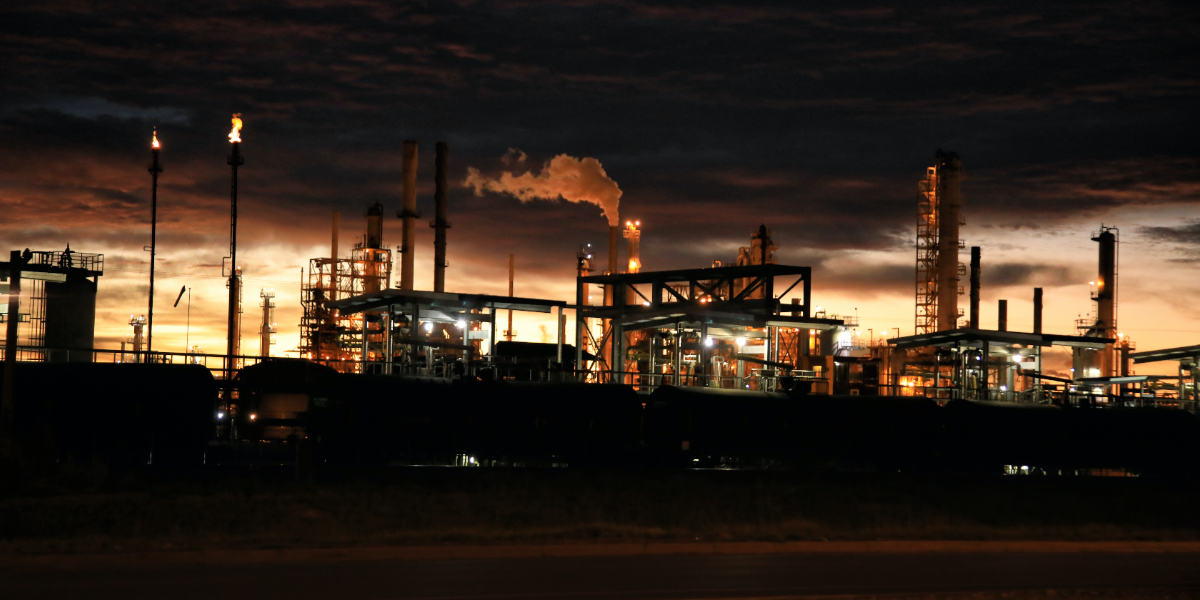Warning (2): Undefined variable $lang [ROOT/templates/layout/blog.php, line 216]Code Context<div class="innerpage"><?php echo $this->Element('Front/header',array('lang'=>$lang)); ?></div>include - ROOT/templates/layout/blog.php, line 216 Cake\View\View::_evaluate() - CORE/src/View/View.php, line 1181 Cake\View\View::_render() - CORE/src/View/View.php, line 1138 Cake\View\View::renderLayout() - CORE/src/View/View.php, line 821 Cake\View\View::render() - CORE/src/View/View.php, line 780 Cake\Controller\Controller::render() - CORE/src/Controller/Controller.php, line 764 Cake\Controller\Controller::invokeAction() - CORE/src/Controller/Controller.php, line 548 Cake\Controller\ControllerFactory::handle() - CORE/src/Controller/ControllerFactory.php, line 140 Cake\Controller\ControllerFactory::invoke() - CORE/src/Controller/ControllerFactory.php, line 115 Cake\Http\BaseApplication::handle() - CORE/src/Http/BaseApplication.php, line 317 Cake\Http\Runner::handle() - CORE/src/Http/Runner.php, line 77 App\Middleware\LanguageMiddleware::process() - APP/Middleware/LanguageMiddleware.php, line 58 Cake\Http\Runner::handle() - CORE/src/Http/Runner.php, line 73 Cake\Routing\Middleware\RoutingMiddleware::process() - CORE/src/Routing/Middleware/RoutingMiddleware.php, line 161 Cake\Http\Runner::handle() - CORE/src/Http/Runner.php, line 73 Cake\Http\Runner::run() - CORE/src/Http/Runner.php, line 58 Cake\Http\Server::run() - CORE/src/Http/Server.php, line 90
We're exhibiting at E-World | Register & Secure your Meeting
Germany, Essen | 11-13 February





